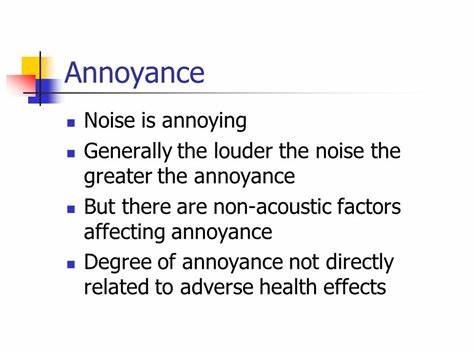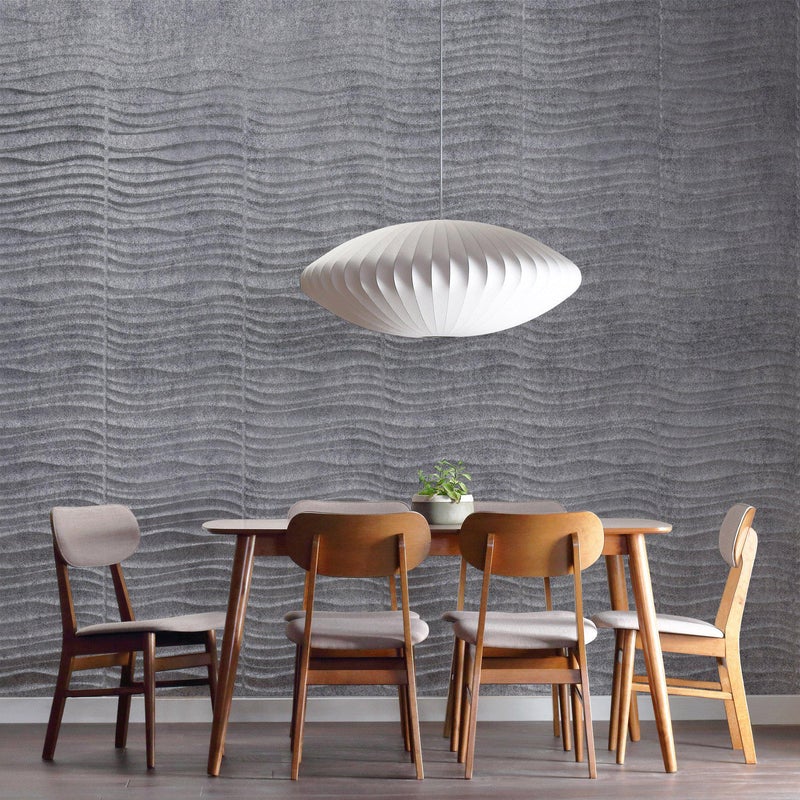Acoustics have a direct effect on wellnes...
It’s evident that the world of work is at a pivotal point of evolution thanks to the current pandemic. Never before have employers and employees been asked to adapt and shift so quickly on a global scale. The old arguments of open-plan office versus closed office spaces now seem completely out of touch as we race to make workplaces and offices safe and secure. This has brought into greater focus how we live and work and the difference between surviving and thriving.
Hygiene, safety and wellbeing are now in the forefront of essential considerations. Air quality, ventilation, natural light, adequate space, biophilic design and acoustics also now need more intentional consideration. Acoustic comfort is important in any place of learning, relaxation, or health improvement such as spas, doctors offices, dental clinics. We know that poor acoustics can have immediate negative effects on how quickly you learn, how easily you heal, and how much it can affect physical factors such as heart rate, breathing, and blood pressure.

Good acoustics are essential for productivity, creativity and wellbeing. The effect of a poor acoustic environment in the workplace and classroom has been well researched and documented, and it’s now accepted that excessive noise has a negative impact on people’s ability to retain vital information reducing concentration and effecting wellbeing – increasing stress and fatigue. This is why many people find health benefit from meditation practices which serve to quiet the brain. In the same way, quieting your space is a great way to give your mental and physical health a boost.
We have all experienced obvious annoyance of loud music, or traffic sounds, or mechanical equipment. Most have experienced the discomfort of trying to have a conversation in a crowded restaurant, although safe distancing limitations have temporarily reduced the number of people allowed in most places. Suffice it to say, we know when it is comfortable, and when it is not even if the noise is not threatening our health and well being it is having a direct impact on how we enjoy or experience a space.
Acoustics also contribute to productivity, energy, and happiness

At ANC, we believe in creating healthier, brighter, happier spaces that foster innovative thinking and productivity
You can now improve acoustic qualities simply and affordably. You may not be able to completely block out the noise but, there are definitely simple effective solutions that can noticeably reduce the amount of acoustic stress you experience in your own spaces.
Simply by introducing natural materials to a home (carpets, cushions, plants, wood elements, soft furnishings will begin to mute some of the reflected noise in a space.

Start by identifying obvious contributors to noise...
Smooth hard surfaces, open wall spaces, tile, composite, wood floors, glass and concrete are all very efficient at reflecting sound waves back into a room creating chattering effects and amplifying noise which may already feel problematic. These surfaces can be muted and improved by adding some acoustic panels or acoustic art to the walls. The same principle applies to an office or work space. Look around to see where sound may be hitting reflective surfaces.
Next, walk around the room and clap your hands loudly to see if you can find certain locations that create greater reflective feedback. By doing this you will begin to understand more about where to begin introducing acoustically absorbent or diffusing materials. Some products are designed to do both diffuse and absorb. These dual purpose would be ideal for home based or small space applications. You may decide you need to partition off certain areas to achieve the privacy and acoustic buffering that you would like.

It may help to identify your NEEDS vs. WANTS
If you are currently developing quiet areas where noise control is a “NEED” rather than a “WANT”, do keep in mind that you will install products such as mass loaded vinyl sound barriers before drywall, or integrate some sound isolation clips to catch and contain vibrational noise that travels along floor joists and through wall studs. These are most easily addressed prior to finishing.
You may want to “test out” a space and see how easily sound moves between rooms to determine if you want to integrate barriers. This may be important for reasons of privacy as much as for comfort.


This is not an all or nothing science. Every acoustic element you integrate will add some layer of improvement and if you are not at a stage of rough framing the area in question, you may want to start small and work your way up. Whether it is before or after construction, the bottom line is that you can improve what you have.
ANC has a wide range of products to help you achieve this. Most of them are both functional and decorative. There is a way to live healthier acoustically, and many of the solutions can be installed with only limited handyman skills and a good eye for décor.

